
Markets for Economic Security
Through modern agricultural technologies and practices, we achieved an
83% REDUCTION IN
POST-HARVEST LOSSES
BACKGROUND
Need for market-oriented
agricultural development
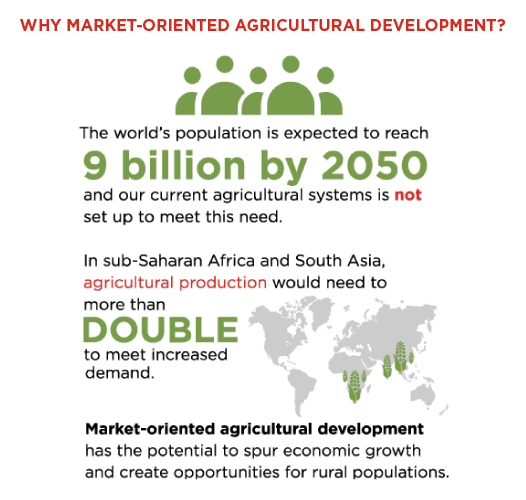
How do agricultural
markets work?
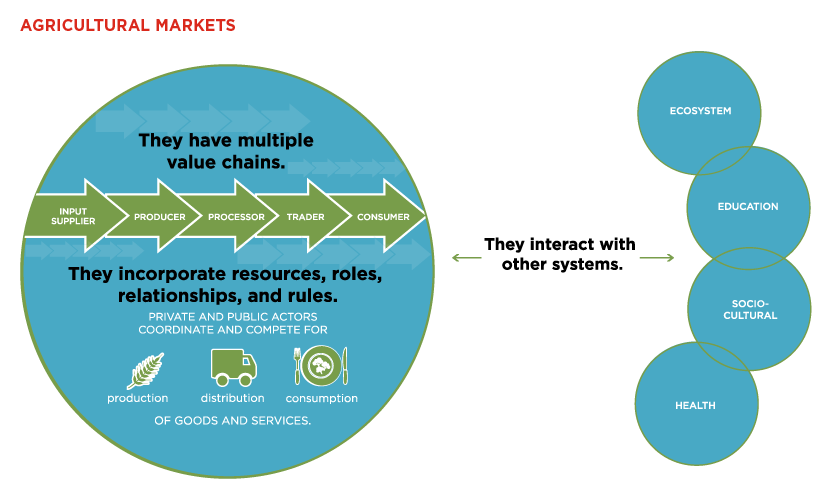
Stages of
Market Maturity
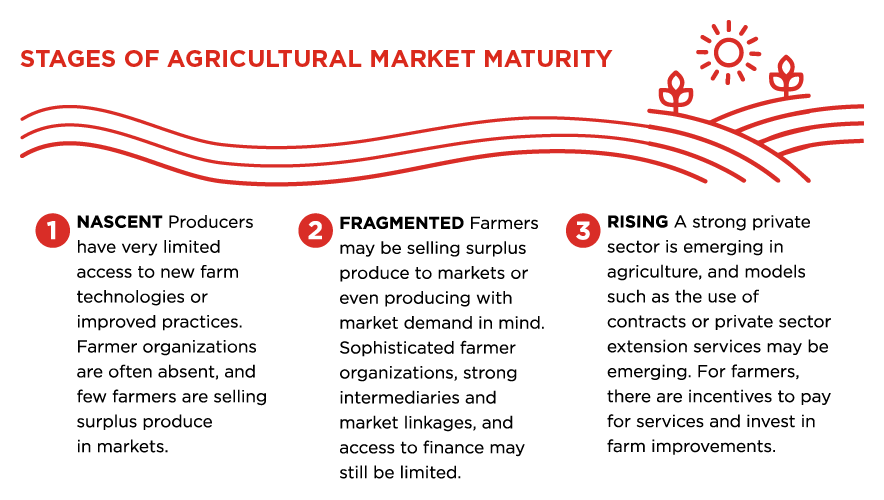
Methods to spur
agricultural markets
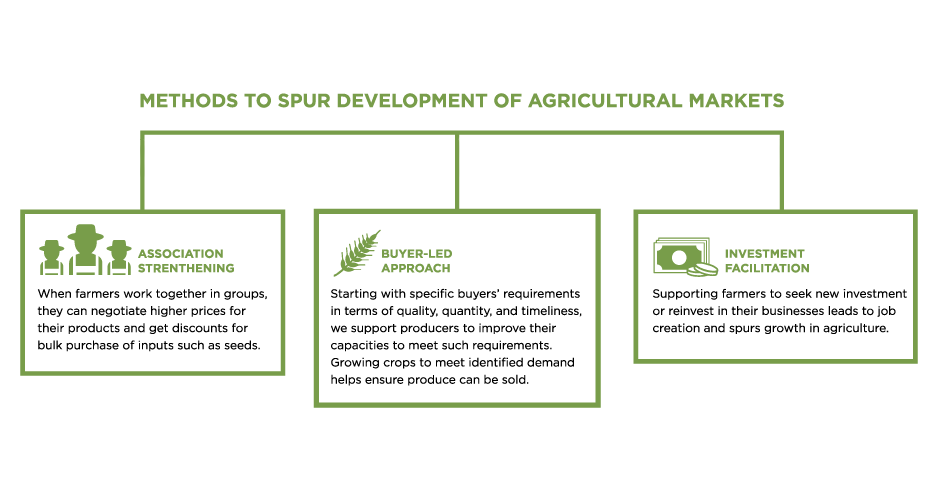
Strengthening Agricultural Markets across Africa
Modal Header
Some text in the modal.
ABT'S IMPACT
Our market development strategies are tailored to local contexts, helping us zero-in on binding constraints to growth, and facilitate sustainable improvements in complex systems.
NASCENT MARKETS
FRAGMENTED MARKETS
RISING MARKETS
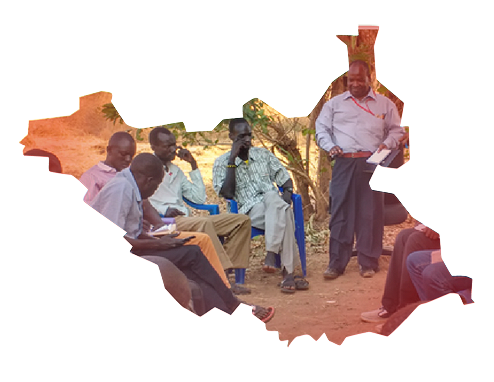
South Sudan
Decades of civil conflict had taken a significant toll on South Sudan's farmers. Producer organizations were scattered, markets abandoned, and farmers' fields had been moved far from roads to hide from soldiers and mauraders. South Sudan's agriculture was largely subsistence-based, lacking access to inputs, machinery or wider demand.
We introduced modern agricultural technologies and practices, such as seed multiplication, contract farming, agro-dealer development, aggregation, credit service, and export activities.
We "reawakened" and in some cases, created the systems, structures, and networks to cost-effectively reach large numbers of farmers in remote locations.
Over six years, we increased average maize yields by 535%, reduced post-harvest losses by 82.5%, and engaged more than 20,000 smallholders through 732 community farming organizations.

Cambodia
Cambodia's rural regions are ideal growing zones for high-value fruits and vegetables, but the country's horticultural buyers typically source from neighboring Vietnam and Thailand, depriving the nation's farmers of crucial income.
Cambodia's horticulture sector is relatively fragmented, with many farmers working independently and limited information flowing between market actors.
Our facilitative approach is building commercial relationships between buyers and farmers, led by specific buyer demand for volume, quality and type.
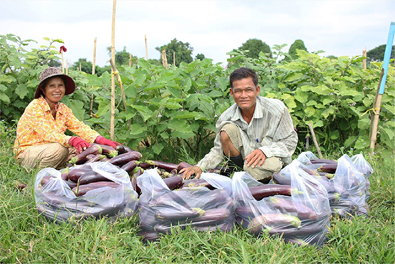
In our first year of work in Cambodia, we have facilitated 27 commercial partnerships that have generated $2.4 million in sales.

West Africa
West Africa's "mango belt" produces 1.5 million tons of the fruit each year, but the region has yet to fully capitalize on massive global demand for mangoes due to inconsistent fruit quality and limited market access.
We identified entry points to expand the supply of export-quality mangoes, including trainings in best harvesting techniques, post-harvest processing and packaging at pack houses.
To ensure best practices filtered throughout the value chain, we collaborated with national inter-professional associations, exporter associations, cooperatives, chambers of commerce and relevant government agencies.
Over four years, we facilitated $25 million in mango exports to regional and international markets and created more than 14,000 jobs in mango harvesting and processing across the region.
We have worked in the West African livestock sector for the last ten years, introducing new marketing practices in a very tradition-bound environment. Thanks to our work, Sahelian producers have learned new ways of working. Instead of walking their cattle thousands of kilometers in search of buyers in coastal markets, they are fattening and slaughtering them in the Sahel. On the basis of contracts negotiated in advance, producers are transporting the meat to buyers on the coast in refrigerated trucks.
This new practice helps increase income, which allows households to enjoy a higher standard of wellbeing. The sector is gradually moving toward modernization and the younger generation is poised to build on this foundation.

Tanzania
Tanzania's rural dwellers often lack access to a variety of foods containing essential vitamins and minerals. Children in rural areas are especially vulnerable to malnutrition -42 percent of Tanzanians under age 5 suffer from stunting, anemia, and other micronutrient deficiencies.
We supported a private sector-led approach to introduce fortified, safely processed staple foods into the marketplace. Through new products, multiple awareness campaigns and dynamic collaborations, we boosted both supply of and demand for fortified foods in rural regions.
Collaborating with various partners, we developed markets for five new and improved nutritious or staple products, including a micronutrient supplement for children called Virutubishi, a protein-rich recipe for blended flour and a specially adapted machine called a dosifier to fortify maize flour.
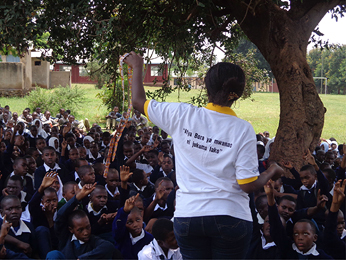
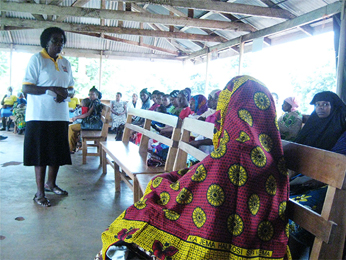
To boost awareness and understanding of fortified foods, we trained over 7,000 community leaders, conducting informational campaigns that directly reached more than 50,000 people and publishing numerous guides and brochures. Surveys in the project's final months showed that it succeeded in increasing the flow of fortified foods into the marketplace-and that demand was also rising for fortified foods.
After four years, consumption of fortified flour rose from zero to 50 percent consumption among surveyed populations, while 52 percent of shops surveyed were stocking fortified flour in target regions. Among surveyed families with children under 5, 35 percent were using Virutubishi micronutrient powder, up from zero in 2013.
Consumption of fortified flour rose from zero to 50% in Tanzania.
Nigeria
Since 2013, we have served as external evaluator for the multi-donor AgResults initiative, which is sponsoring large pilot projects in various countries to test new approaches to persistent problems affecting smallholder farmers. In Nigeria, we are evaluating a pilot aimed at the problem of aflatoxins, which contaminate maize at a high rate. When ingested over many years, aflatoxins can lead to liver cancer. Aflasafe® is a biocontrol agent that reduces aflatoxin growth in maize, but the market for Aflasafe® is not well developed, therefore smallholder farmers do not have regular access to this product.

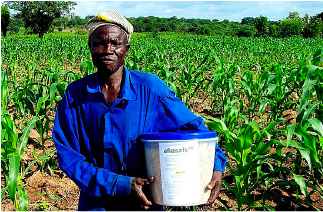
The pilot in Nigeria, similarly to other AgResults pilots, uses prizes to incentivize the private sector to help smallholder farmers access a new and beneficial technology, in this case, Aflasafe®. The hope is that the pilot will catalyze the creation of a sustainable market for this useful product. Our evaluation included rigorous qualitative and quantitative research to understand the pilot’s affect on the private sector, the market for Aflasafe®, and the targeted smallholder farmers, as well as implications for broader lessons about prize-based projects.
We found that the pilot did incentivize the private sector to make Aflasafe® available to smallholder farmers, and that it was successful at creating a niche market for Aflasafe®-treated maize in the target area. Additional emerging lessons focus on the conditions under which prizes are likely to be effective, and key factors to consider in the design of prize-based projects.
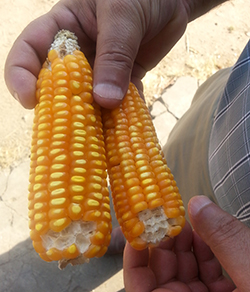
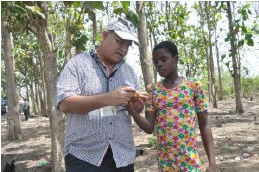
The results of our evaluation are being shared with the AgResults donors and the broader development community. In Nigeria, a new project to promote Aflasafe® is building on the lessons of the AgResults pilot.
The prize-based approach proved successful at incentivizing the private sector to make Aflasafe®-treated maize more available.
- SOCIAL EQUITY & EMPOWERMENT
- EFFECTIVE GOVERNANCE
- THRIVING NATURAL ENVIRONMENT
- GOOD HEALTH
- ECONOMIC SECURITY
- Fighting Mosquito-borne Disease
- Responding to the Opioid Epidemic
- Empowering Women and Girls
- Closing the Achievement Gap
- Driving Sectoral Response to Climate Change
- Protecting Environmental and Human Health
- Strengthening Agricultural Markets for Economic Security
- Ending and Preventing Homelessness
- Strengthening Institutions for Effective Governance
- Our Employee Wellness
- Our Leaders at all Levels
- Our Environmental Responsibility
- Our Financial Health
- Our Ethics and Governance
- Our Communities
